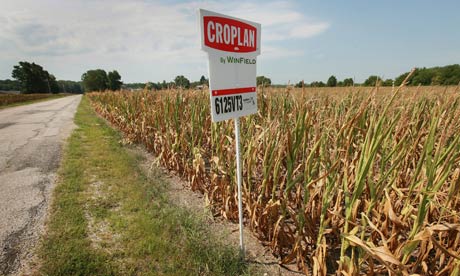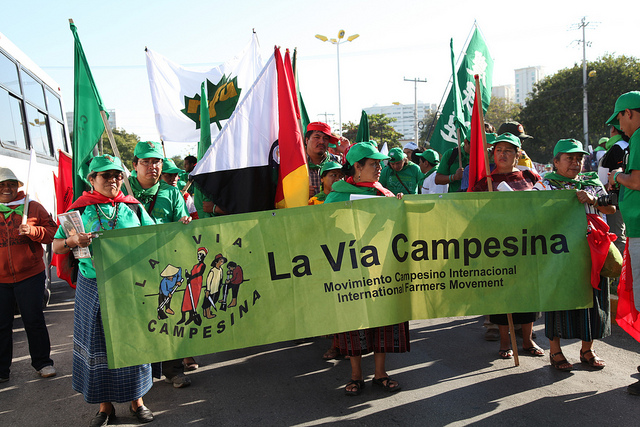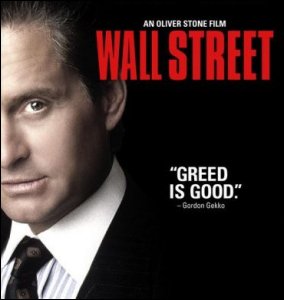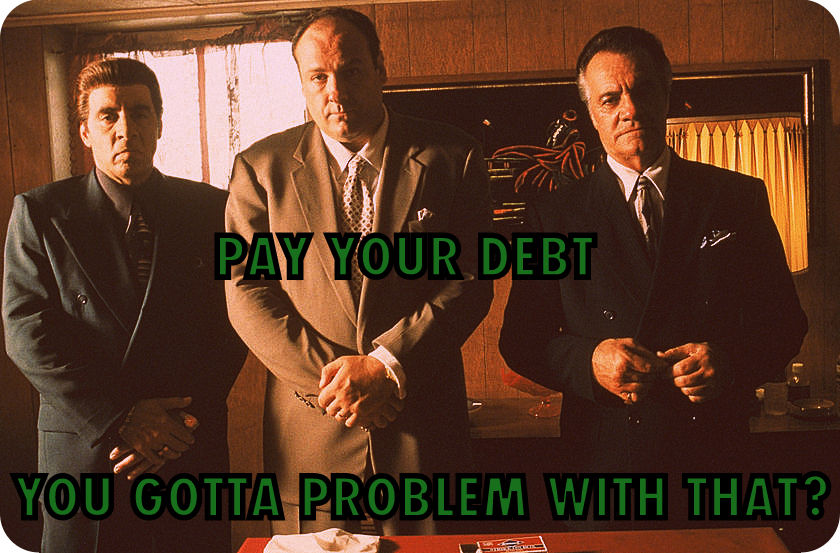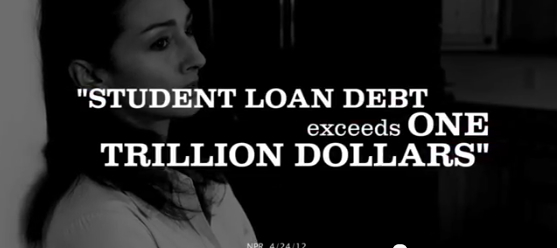From three corners of the debt square–education, housing and health–come stories to answer two repeated questions about Strike Debt: is this the right theme for OWS? And is this in any way different to standard issue capitalism? In short, yes and yes. And I think they might serve as an answer as to what to call predatory debt: I’m going for vulture debt. Because a group of vultures is known as a committee (true).
First, education. Student debt has been questioned by some as an elitist preoccupation or as too easily eliding with right-wing attacks on higher education. Today, a US Senate report of all things exposes for-profit higher education institutions, so beloved by the right-wing, as predatory loan garnishing machines. They exist solely to generate money with instruction as an afterthought:
Among the 30 companies, an average of 22.4 percent of revenue went to marketing and recruiting, 19.4 percent to profits and 17.7 percent to instruction. Their chief executive officers were paid an average of $7.3 million
80% of their revenues come from Federal grants on average. Here’s one specific example of why this is vulture debt:
The Apollo Group, which operates the University of Phoenix, the largest for-profit college, got $1.2 billion in Pell grants in 2010-11, up from $24 million a decade earlier. Apollo got $210 million more in benefits under the Post-9/11 G.I. Bill. And yet two-thirds of Apollo’s associate-degree students leave before earning their degree.
The more you read, the worse it gets. These “colleges” are more expensive than not-for-profit institutions, yet graduate far fewer of their students. In terms of debt:
Students at for-profit colleges make up 13 percent of the nation’s college enrollment, but account for about 47 percent of the defaults on loans. About 96 percent of students at for-profit schools take out loans, compared with about 13 percent at community colleges and 48 percent at four-year public universities.
These institutions are the right-wing solution to higher education: supposedly vocationally-oriented market-driven education, rather than the supposedly wasteful liberal arts schools. They are nothing but debt vultures.
Housing. I noted recently that student debt is getting noticeably worse for older people. Now it seems that foreclosures are biting the over-50s hard:
one and a half million Americans over the age of 50… lost their houses to foreclosure between 2007 and 2011. Of those, the highest foreclosure rate was for homeowners over 75.
In this report from the AARP it emerges that these are prime loans, not the marginal sub-primes so often discussed. Seniors are being affected by declining pensions, collapsed property values, rising medical costs, shrinking investment values and (although not mentioned in the report) the need to support children and grand-children. People who have been making payments since the 1960s are now being evicted. Whose interest does this really serve? How much is enough? For a vulture, that question makes no sense.
Finally, and most repellent, medical debt. Please don’t be eating while you read this. The major medical debt collector Accretive has been banned from Minnesota and fined $2.5 million. Why? Well, it did things like this:
Carol Wall, a 53-year-old Minnesota resident, said “a woman with a computer cart” told her she owed $300 as she was “vaginally hemorrhaging large amounts of blood” at an Accretive-affiliated emergency room.
The repellent company has issued the usual generic statement claiming such cases were exceptions, and so on, and so on. Even the New York Times didn’t buy that:
Accretive Health contracts with some of the largest hospital systems in the country to help them recoup money on unpaid bills that have piled up during the financial crisis and the economic downturn.
In other words, this is how medical debt works: the system knows people can’t pay and has a mechanism to deal with it. Here the debt vultures are literally preying on the weak, requiring patients to pay before they can even see doctors, against all rules and regulations.
So: is debt a proper subject for OWS? I’d say that predatory, criminal enterprises that place profit before people and are fundamentally incapable of saying “enough is enough” are the prime target of Occupy. Further, the unique quality of the movement is to bring together issues that are deliberately kept apart so that we can see how things really are. The minor “fixes” that pass for policy from the political parties are helping almost nobody–this is statistically as well as morally true. From student debt to housing and medical debt, the debt vultures have shown that this is a fight to the death. Only social movements like Occupy can help.
Is this a different form of capitalism? Technically, the switch to debt as the dominant aspect of the money form is different. Certainly, rapacious capitalism is far from new, as a quick glance at Engels’s 1845 classic The Condition of the Working Class in England will show. However, the present delusions about the virtues of the rich have become so attenuated that it is considered daring to suggest that government or society have any role in wealth creation whatsoever. The idea that government should mitigate the impoverishing effects of capitalism for any except the capitalists themselves is now “socialism.” When neo-liberalism emerged, Stuart Hall and others called it “Thatcherism” and were widely castigated for saying that capitalism had changed. But it had. And it continues to do so.
Debt servitude is predatory and relentless. It has shifted the target of neo-liberal expropriation from Heavily Indebted Poor Countries to Heavily Indebted Poor People. Fanon suggested that fascism was the application of colonial techniques to colonizing nations. We can say today that neo-liberalism is the application of neo-colonial techniques to all populations. No longer is there a “wages of colonization” (to adapt Du Bois’s concept of the “wages of whiteness”) in which being a citizen of the neo-colonial powers protects you. We are all targets now.
Certain scavenger species can eat themselves to death, unable to stop. The debt vultures are one such species. We have to stop them before it’s too late.


